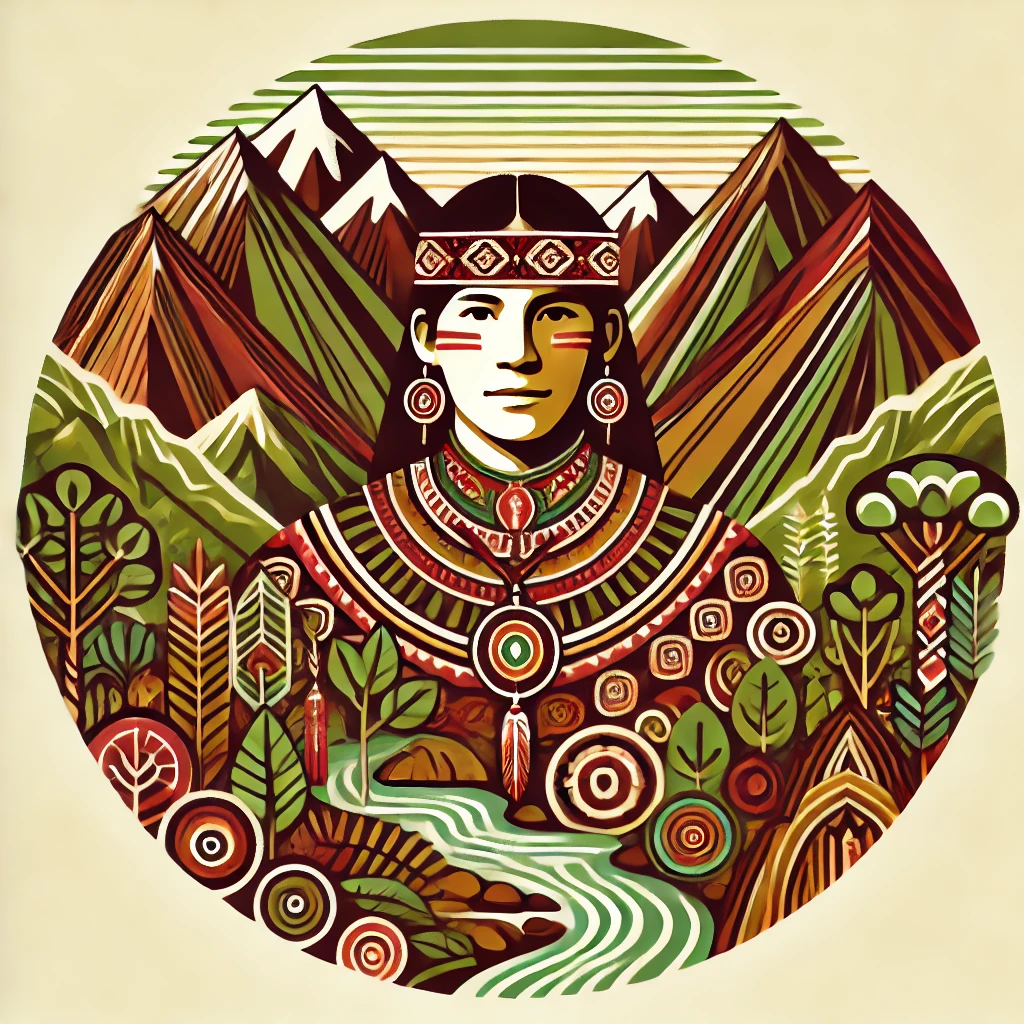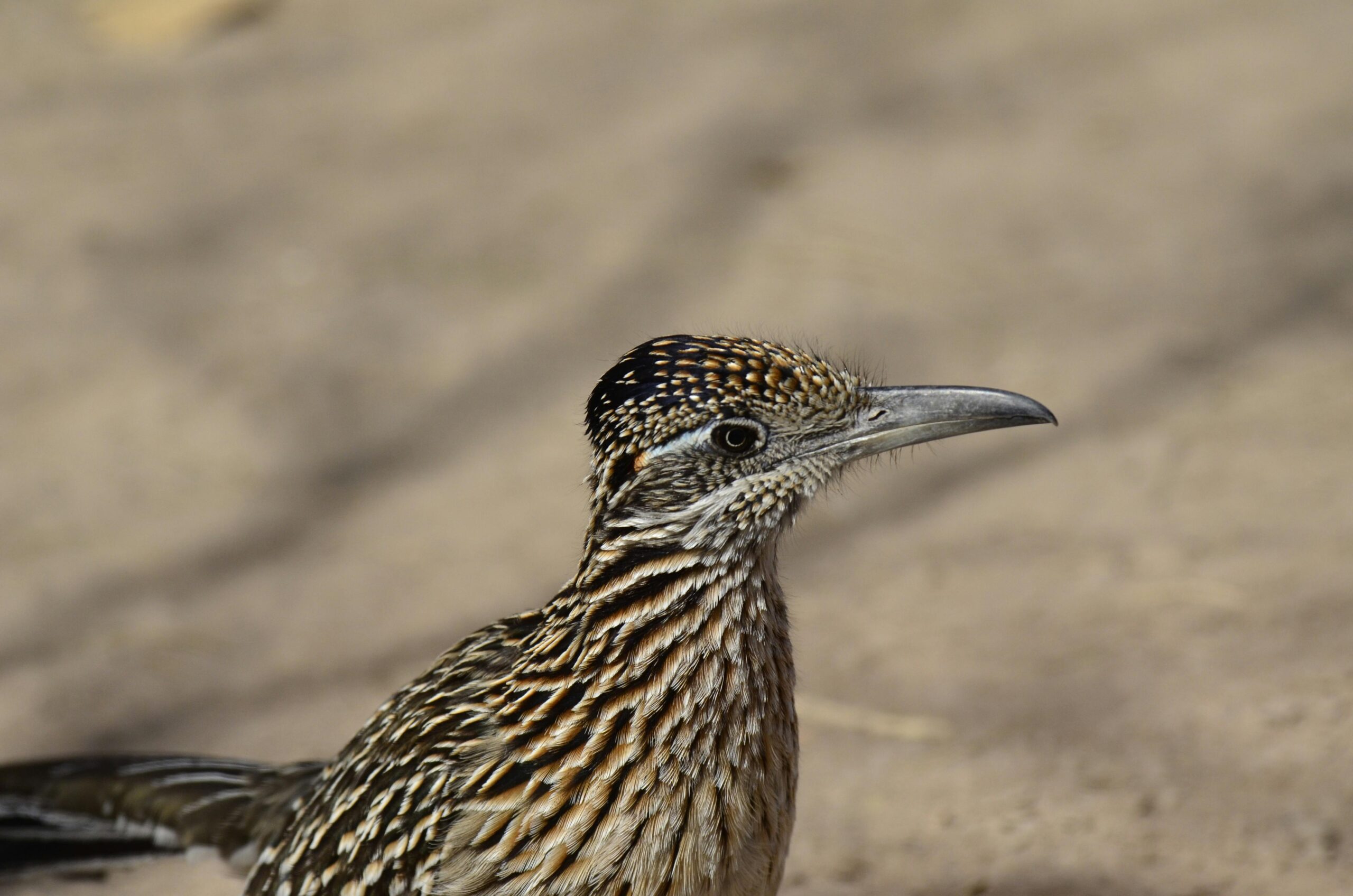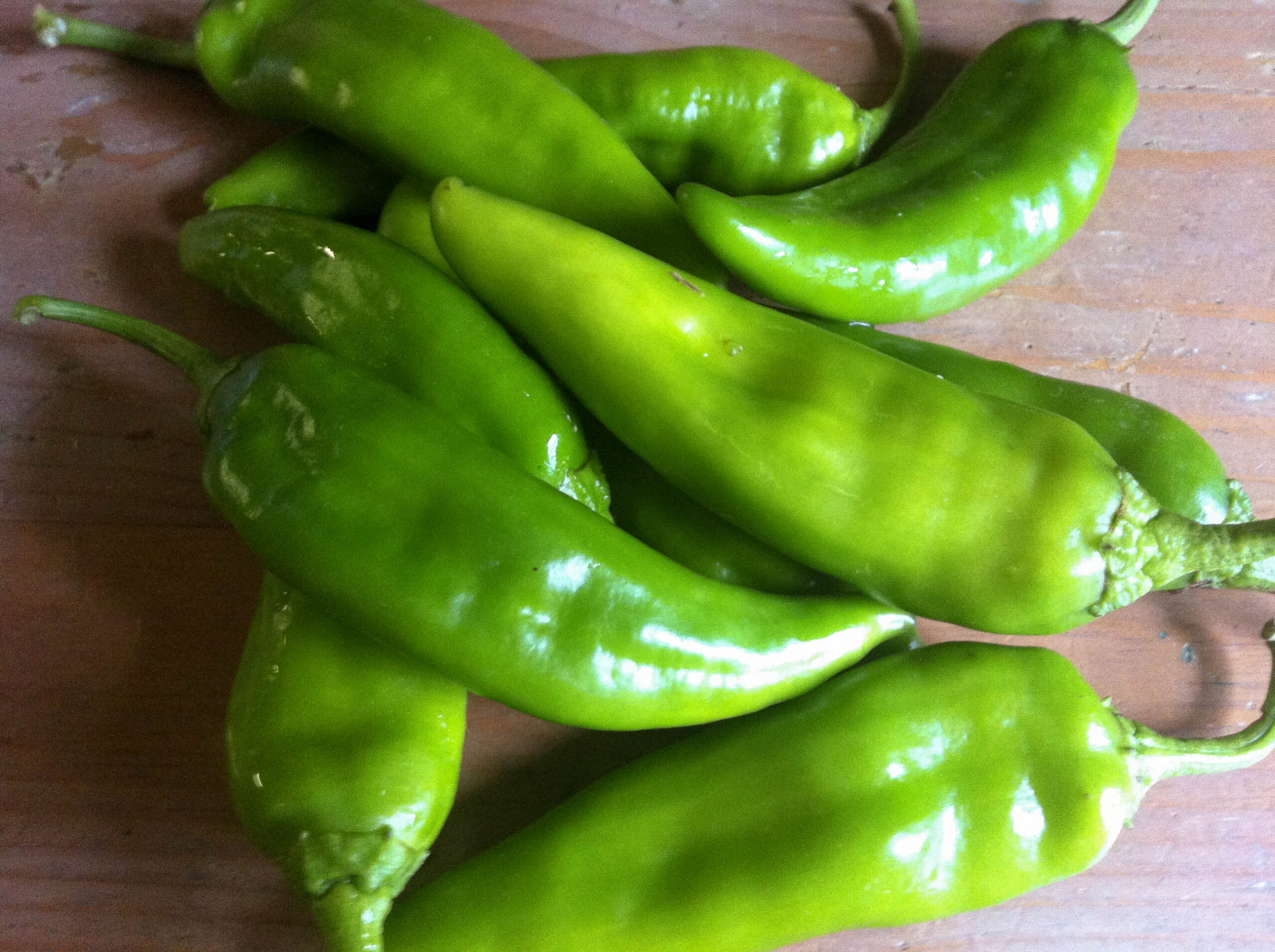This October 14, Indigenous Peoples’ Day will be celebrated across the United States, serving as an opportunity to recognize and honor the cultures, traditions, and contributions of Native American communities. While some states and cities have officially replaced Columbus Day with Indigenous Peoples’ Day, others celebrate both. Either way, this day holds special significance as a time for reflection, education, and celebration of the diverse indigenous cultures that have shaped the nation.
Indigenous Peoples’ Day is more than just a symbolic recognition; it’s a chance to amplify the voices of Native communities, acknowledge the injustices they have faced, and celebrate their continued strength and resilience. The day has grown in prominence over the years as more cities, states, and institutions embrace it as a meaningful replacement or complement to Columbus Day, shifting the narrative from conquest to celebration of Native history and culture.
Many Indigenous Peoples’ Day celebrations include a mix of cultural performances, educational programs, and community gatherings. Traditional dances, storytelling, art exhibitions, and panel discussions often take center stage, giving a platform to indigenous voices to share their heritage and perspectives. In cities like Albuquerque, Santa Fe, and other communities with a rich Native American presence, the day is marked by events ranging from small community gatherings to large pow wows and cultural festivals.
One significant aspect of Indigenous Peoples’ Day is its emphasis on education. Many schools and universities take this opportunity to teach students about indigenous history, cultural contributions, and contemporary issues. This education extends beyond the classroom, as museums, cultural centers, and local governments host events aimed at broadening the public’s understanding of Native American history and current realities.
Indigenous Peoples’ Day also serves as a reminder of the ongoing struggles that Native American communities face. From land rights and environmental protection to issues of representation and economic equality, there is still much work to be done to address the systemic inequalities affecting indigenous peoples. Celebrating this day is not just about acknowledging the past, but also about supporting indigenous communities in their efforts to achieve social and environmental justice.
For those looking to participate in Indigenous Peoples’ Day this October 14, there are many ways to get involved. Attend a local event, visit a museum showcasing Native American art and history, support indigenous-owned businesses, or simply take time to educate yourself on the contributions and challenges of Native communities. Whether you’re participating in a large public gathering or reflecting in a quieter way, Indigenous Peoples’ Day is an opportunity to show respect, solidarity, and support.
As the celebration of Indigenous Peoples’ Day continues to grow, it serves as a powerful reminder that Native American culture is not a relic of the past but a living, evolving part of our collective identity. This October 14, let’s honor indigenous peoples by recognizing their enduring contributions, listening to their stories, and standing alongside them in their continued fight for visibility, rights, and respect.





